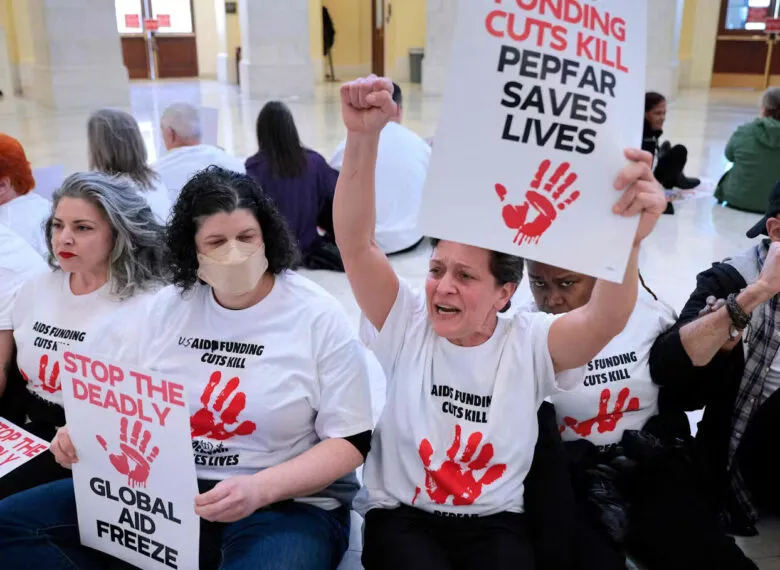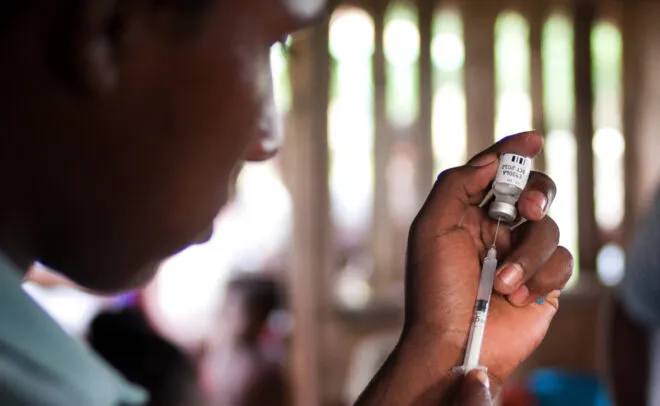Photo courtesy of Chip Somodevilla, AFP Getty
As the Trump administration seeks to scale down the President’s Emergency Plan for AIDS Relief (PEPFAR) program, understanding which of its investments have the greatest impact on health outcomes is essential. A new policy brief published by the Kaiser Family Foundation (KFF) and co-authored by the Center for Innovation in Social Work & Health (CISWH) team at BU School of Social Work (BUSSW), examines which PEPFAR investments are most effective. The brief shows that targeted programs, such as community testing and services for key populations had the greatest impact on helping people with HIV reach viral suppression. Protecting these services will be critical for maintaining progress as countries take a larger role in managing their HIV response.
Excerpt from “Which PEPFAR Investments Drive HIV Outcomes? Informing PEPFAR Transition and Scale-Down” by Collins Gaba, Moaven Razavi, Jennifer Kates, and Allyala Nandakumar:
Targeted program investments were linked to the largest improvements in viral suppression, especially in countries nearing epidemic control. Spending on core services, such as HIV medications, health care workers, and essential clinic operations made the biggest difference in lower income settings still working to expand treatment. Non-service delivery spending showed little benefit for HIV outcomes, suggesting that funds in this area could be scaled back without undermining progress. These findings can guide countries and donors in prioritizing investments that will have the greatest impact as PEPFAR transitions.
Stay in the Know
Get the latest news on research, policy, and practice in social work and health right in your inbox. Subscribe to stay in the know.


